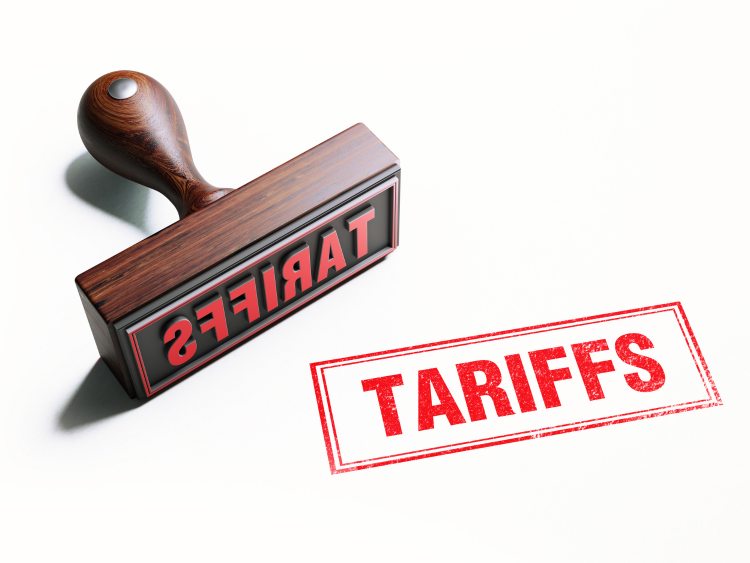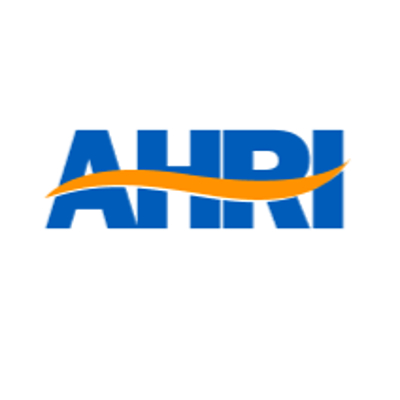Steel Markets

Active Gas & Oil Rigs Continue to Decline
Written by Brett Linton
January 30, 2015
According to Baker Hughes data from January 30th, 2015, the U.S rig count for this week is 1,543 rigs exploring for or developing oil or natural gas. This count is a decrease of 90 rigs when compared to last week, with oil rigs down 94 to 1,223 rigs, gas rigs up 3 to 319 rigs, and miscellaneous rigs up from zero to 1 rig. Compared to last year the 1,543 count is a decrease of 242 rigs, with oil rigs down by 199, gas rigs down by 39, and miscellaneous rigs down by 4.
The Canadian rig count decreased by 38 to 394 rigs this week, with oil rigs down 23 to 200 rigs and gas rigs down 15 to 194 rigs. Compared to last year the 394 count is a decrease of 214 rigs, with oil rigs down by 204 and gas rigs down by 10. International rigs decreased by 11 to 1,313 rigs for the month of December, a decrease of 22 rigs from the same month one year ago. For a history of both the US and Canadian rig count click here.
About the Rotary Rig Count
A rotary rig is one that rotates the drill pipe from the surface to either drill a new well or sidetracking an existing one. They are drilled to explore for, develop and produce oil or natural gas. The Baker Hughes Rotary Rig count includes only those rigs that are significant consumers of oilfield services and supplies.
The Baker Hughes North American Rotary Rig Count is a weekly census of the number of drilling rigs actively exploring for or developing oil or natural gas in the United States and Canada. Rigs considered active must be on location and drilling. They are considered active from the time they break ground until the time they reach their target depth.
The Baker Hughes International Rotary Rig Count is a monthly census of active drilling rigs exploring for or developing oil or natural gas outside of the United States and Canada. International rigs considered active must be drilling at least 15 days during the month. The Baker Hughes International Rotary Rig Count does not include rigs drilling in Russia or onshore China.

Brett Linton
Read more from Brett LintonLatest in Steel Markets

CMC looks beyond Arizona micro-mill woes to long-term viability of construction mart
Despite the economic and geopolitical upheaval of the last five years, CMC President and CEO Peter Matt points out that the construction market has been an essential element of the way forward.

US importers face stricter rules under revamped S232 tariffs
“CBP expects full compliance from the trade community for accurate reporting and payment of the additional duties. CBP will take enforcement action on non-compliance," the agency said in a March 7 bulletin.

Steel exports rebound in January
US steel exports recovered to a five-month high in January after having fallen to a two-year low in December. This growth follows four consecutive months of declining exports.

Construction spending drops marginally in January
Construction spending edged down slightly in January, slipping for the first time in four months. The US Census Bureau estimated spending at a seasonally adjusted annual rate of $2,196 billion in January, down 0.2% from December’s downward revised rate. The January figure is 3.3% higher than a year ago. January’s result, despite the slight erosion, […]

HVAC equipment shipments slow in December but strong annually
Shipments of heating and cooling equipment in the US fell to an 11-month low in December, according to the latest data released by the Air-Conditioning, Heating, and Refrigeration Institute (AHRI).

